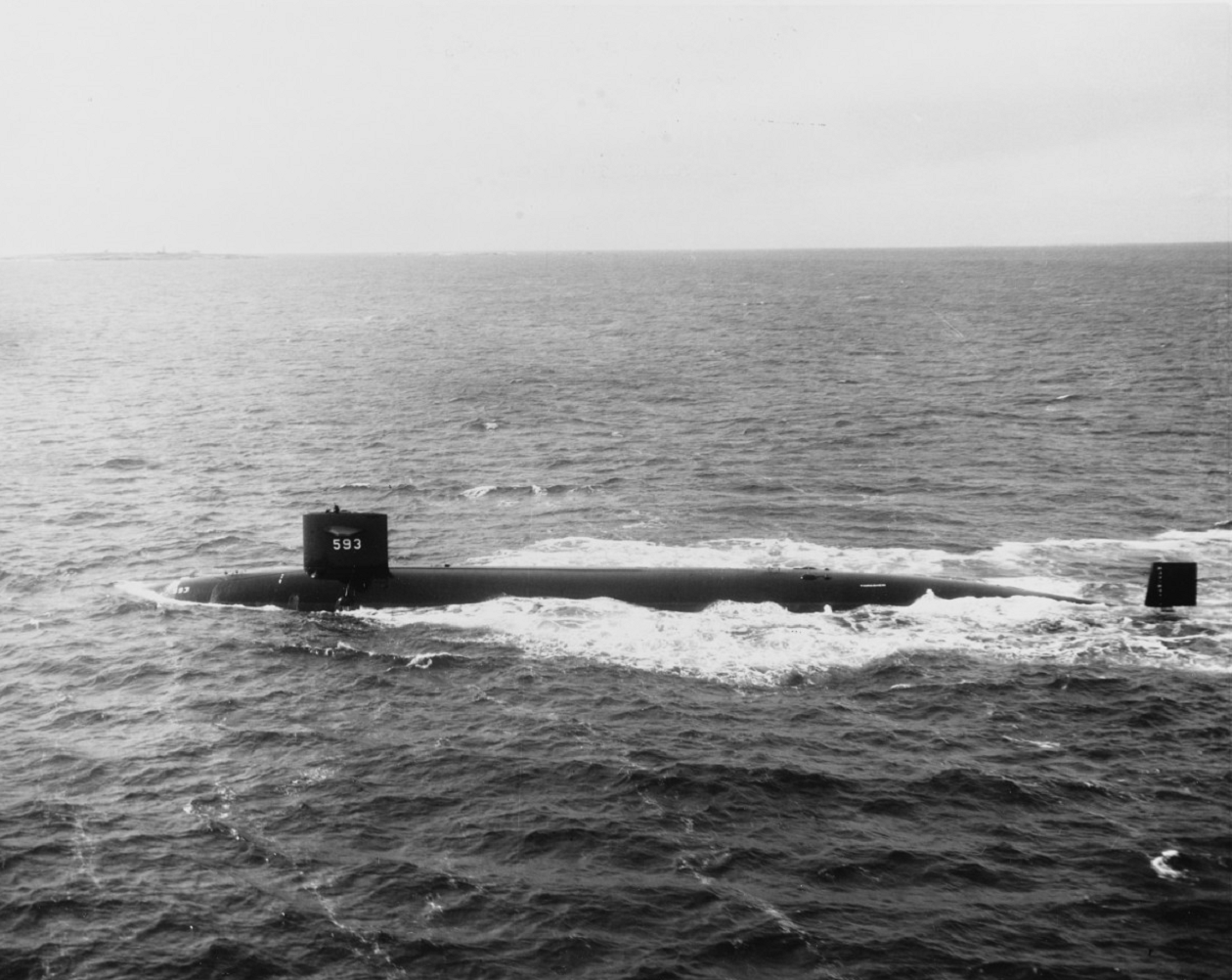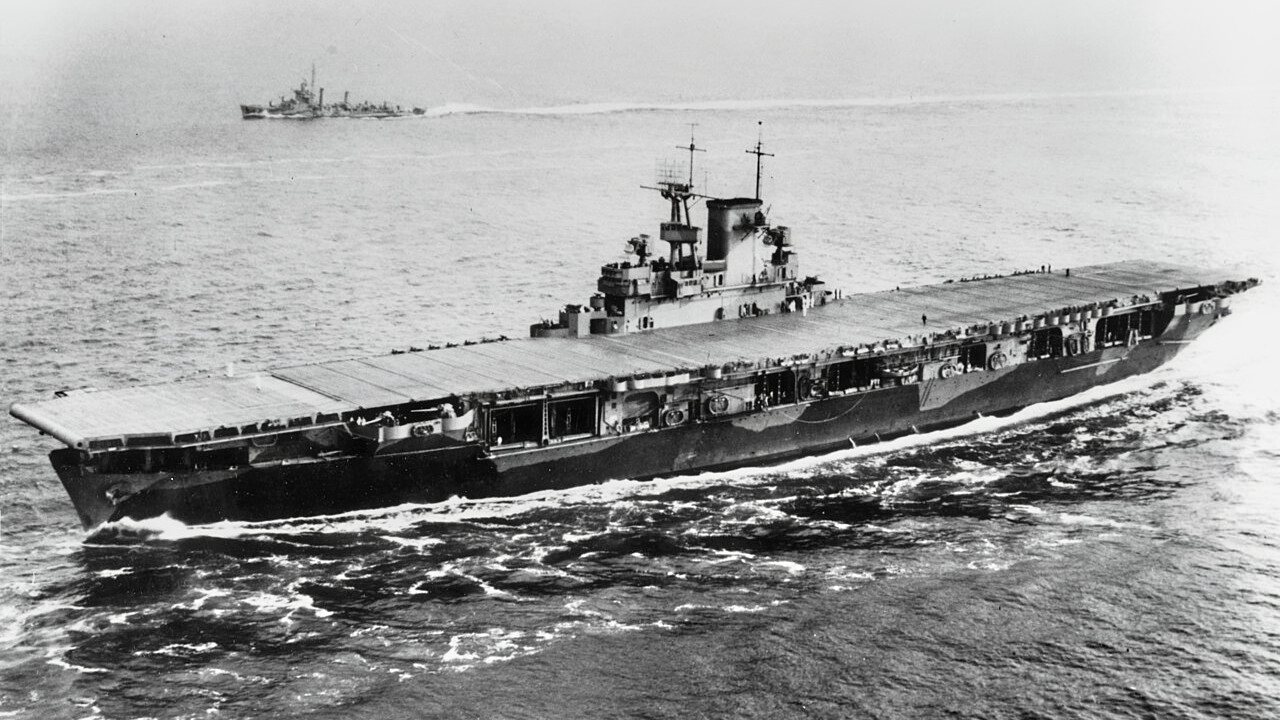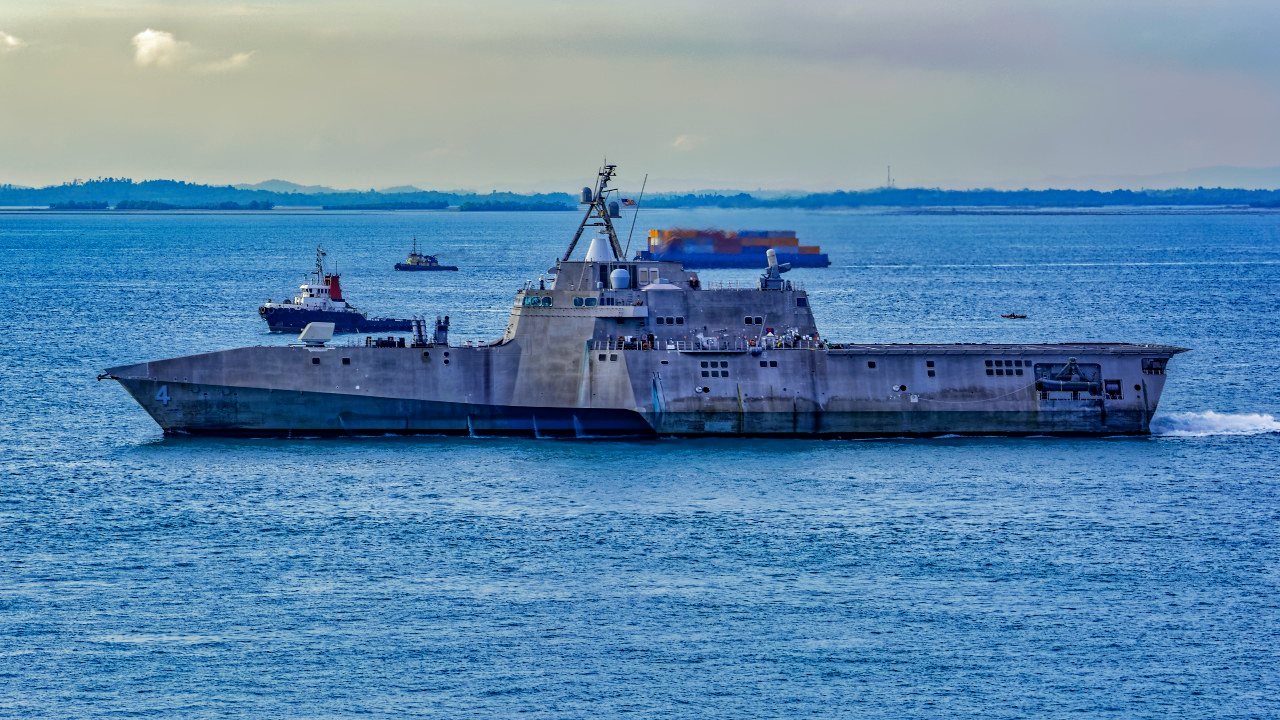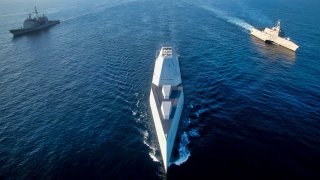Steel Coffins, Ranked: 5 Worst U.S. Navy Warships Ever
The U.S. Navy, known for its maritime dominance, has also had its share of disappointments in warship design. The USS Massachusetts (BB-2) was an unbalanced, unreliable pre-dreadnought battleship.
Summary and Key Points: The U.S. Navy, known for its maritime dominance, has also had its share of disappointments in warship design. The USS Massachusetts (BB-2) was an unbalanced, unreliable pre-dreadnought battleship.
-The USS Thresher (SSN-593), a submarine, tragically sank during trials, killing all 129 aboard. The USS Wasp (CV-7), an underpowered aircraft carrier, met an ignominious end in World War II.
-The USS Detroit (LCS-7) from the Littoral Combat Ship program suffered from severe design flaws and frequent breakdowns.
-Lastly, the USS Zumwalt (DDG-1000), despite its futuristic design, has failed to deliver on its promises and is now being repurposed.
The 5 Worst US Navy Warships
The U.S. Navy has ruled the waves since the end of the Second World War. Until very recently, none dared to seriously challenge the primacy of the U.S. Navy, with its martial prowess and technology beyond approach.
Despite its current reputation for professionalism and potency, the U.S. Navy does not always produce the very best ships. Below is a brief listing of the Navy’s five worst warships of all time.
5. USS Massachusetts (BB-2)
Originally designed for coastal defense, this turn-of-the-century member of the Indiana-class pre-dreadnought “battleship” was a nightmare. Sure, it possessed heavy armor and ordnance. But because of her original design for coastal defense, the decks of this boat were unsafe both in combat and during inclement weather. It was a terribly balanced battleship, too.
This boat had a history of running aground, and it spent protracted periods of time in the shipyard for repair.
By 1921, the Navy had enough of this unreliable warship. She was sunk in the shallow waters just off Pensacola, Florida, where divers routinely visit her wreck.
4. USS Thresher (SSN-593)
This was to be the lead submarine in a new class of subs. Launched in 1963, it flooded out and sank while cruising at its maximum operating depth. Navy investigators surmised that the intense pressure of the water caused a small leak in the ship’s piping system that outpaced the crew’s attempted repairs.

The flood soon hit the electrical system, and the ship’s onboard nuclear reactor scrammed. In other words, the power went out. The submarine could not surface to save the crew. In fact, the submarine took the lives of all crewmembers aboard the submarine (129 sailors).
3. USS Wasp (CV-7)
The Washington Naval Treaty of 1921 is considered by many historians to be one of the sparks that lit the fuse to the Second World War.

Well, it certainly had a hand in developing the small aircraft carrier USS Wasp (CV-7) – and that carrier was a nightmare. Her relatively small size left Wasp with very light armor and significantly reduced capabilities due to her relatively small size.
Ultimately, this mess of a carrier was lost in combat with the Japanese on September 15, 1942. An ignominious end to an unspectacular ship.
2. USS Detroit (LCS-7)
Detroit was one of a handful of warships belonging to the Littoral Combat Ship program, or LCS. They were meant to be next-generation warships that would operate closer to enemy shores than other Navy warships could. But their design was awful and their mission underperformance constant.

Under the rubric of “design discrepancies,” warships of this class – notably Detroit – spent more time in the shipyard than they did underway. Indeed, Detroit had cracks forming on its hull, there were multiple engine woes, and a bevy of other problems that the Navy was never going to be able to repair. Finally, the Navy opted to decommission this epic boondoggle.
1. USS Zumwalt (DDG-1000)
The Zumwalt is another class, developed along with the aforementioned LCS, that has utterly failed to deliver anything appropriate to its $22.4 billion price tag. Zumwalt was the first of its class. It was designed to be a modular warship that would basically take many of the concepts of stealth that were so ubiquitous in the Air Force fleet and apply them to the sea.
But Zumwalt never lived up to the hype. Despite looking like an alien ship, it has underperformed and struggled to conduct the mission sets it was designed to carry out.
After 20 years of failure with these destroyers, the Navy is going to try to turn them into hypersonic missile launchers before finally giving these next-to-worthless boats the boot.
Author Experience and Expertise: Brandon J. Weichert
Brandon J. Weichert, a National Interest national security analyst, is a former Congressional staffer and geopolitical analyst who is a contributor at The Washington Times, the Asia Times, and The-Pipeline. He is the author of Winning Space: How America Remains a Superpower, Biohacked: China’s Race to Control Life, and The Shadow War: Iran’s Quest for Supremacy. His next book, A Disaster of Our Own Making: How the West Lost Ukraine, is due October 22 from Encounter Books. Weichert can be followed via Twitter @WeTheBrandon.
All images are Creative Commons or Shutterstock.
From the Vault
Russia Freaked Out: Why the U.S. Navy 'Unretired' the Iowa-Class Battleships
Battleship vs. Battlecruiser: Iowa-Class vs. Russia's Kirov-Class (Who Wins?)


